
Speedy Death is a 1929 mystery detective novel by the British writer Gladys Mitchell. It introduced the character of Mrs Bradley who would go on to appear in a further sixty five novels. The title is sometimes written as A Speedy Death.
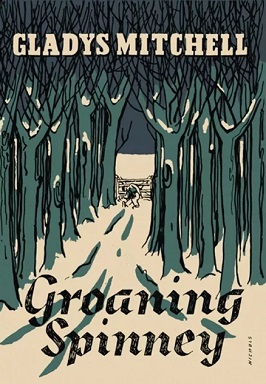
Groaning Spinney is a 1950 mystery detective novel by the British writer Gladys Mitchell. It is the twenty third in her long-running series featuring the psychoanalyst and amateur detective Mrs Bradley. It was later republished under the title of Murder in the Snow.

Merlin's Furlong is a 1953 mystery detective novel by the British writer Gladys Mitchell. It is the twenty sixth entry in her long-running series featuring the psychoanalyst and amateur detective Mrs Bradley.

The Echoing Strangers is a 1952 mystery detective novel by the British writer Gladys Mitchell. It is the twenty fifth entry in her long-running series featuring the psychoanalyst and amateur detective Mrs Bradley.

Death and the Maiden is a 1947 mystery detective novel by the British writer Gladys Mitchell. It is the twentieth in her long-running series featuring the psychoanalyst and amateur detective Mrs Bradley.
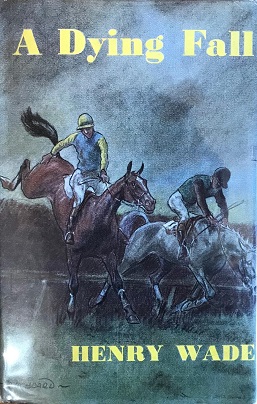
A Dying Fall is a 1955 mystery detective novel by the British writer Henry Wade. It was the penultimate novel by Wade, one of the leading writers of the Golden Age of Detective Fiction. It was followed by his final novel The Litmore Snatch two years later

Death of a Delft Blue is a 1964 mystery detective novel by the British writer Gladys Mitchell. It is the thirty seventh in the long-running series of books featuring Mitchell's best known character, the psychoanalyst and amateur detective Mrs Bradley.
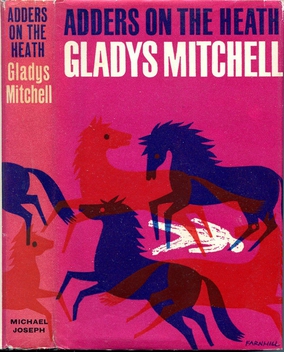
Adders on the Heath is a 1963 mystery detective novel by the British writer Gladys Mitchell. It is the thirty sixth in the long-running series of books featuring Mitchell's best known character, the psychoanalyst and amateur detective Mrs Bradley.
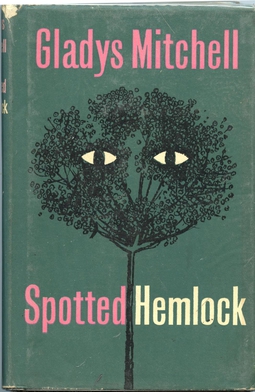
Spotted Hemlock is a 1958 mystery detective novel by the British writer Gladys Mitchell. It is the thirty first in the long-running series of books featuring Mitchell's best known creation, the psychoanalyst and amateur detective Mrs Bradley. It has been considered one of Mitchell's best novels along with other works such as The Saltmarsh Murders, Death at the Opera and The Rising of the Moon.

The Twenty-Third Man is a 1957 mystery detective novel by the British writer Gladys Mitchell. It is the thirtieth in the long-running series of books featuring Mitchell's best known creation, the psychoanalyst and amateur detective Mrs Bradley.
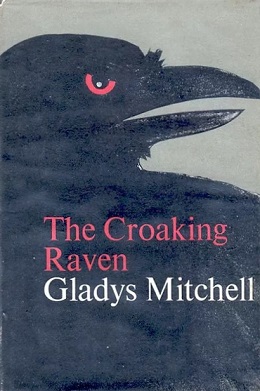
The Croaking Raven is a 1966 mystery detective novel by the British writer Gladys Mitchell. It is the thirty ninth in the long-running series of books featuring Mitchell's best known creation, the psychoanalyst and amateur detective Mrs Bradley. The title is taken from a line from Shakespeare's Hamlet "the croaking raven doth bellow for revenge".

Lament for Leto is a 1971 mystery detective novel by the British writer Gladys Mitchell. It is the forty fourth in the long-running series of books featuring Mitchell's best known character, the psychoanalyst and amateur detective Mrs Bradley. It is a loose sequel to the 1937 novel Come Away, Death with several of the characters reappearing.
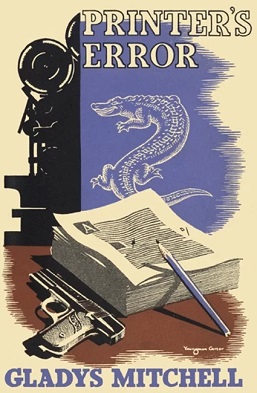
Printer's Error is a 1939 mystery detective novel by the British writer Gladys Mitchell. It is the tenth in her long-running series featuring the psychoanalyst and amateur detective Mrs Bradley.
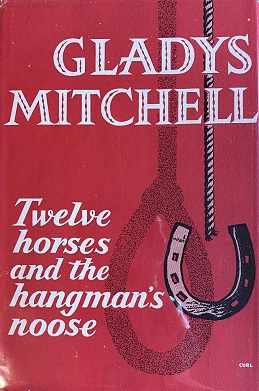
Twelve Horses and the Hangman’s Noose is a 1956 mystery detective novel by the British writer Gladys Mitchell. It is the twenty-ninth in the long-running series of books featuring Mitchell's best known creation, the psychoanalyst and amateur detective Mrs Bradley.

Released for Death is a 1938 crime thriller novel by British writer, Henry Wade. Wade was a writer of the Golden Age of Detective Fiction, best known for his series featuring Inspector Poole. This was amongst a number of stand-alone novels he wrote. It has elements of an inverted detective story, rather than the traditional closed circle of suspects.
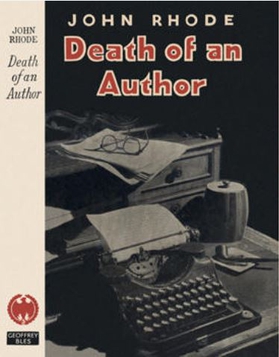
Death of an Author is a 1947 detective novel by John Rhode, the pen name of the British writer Cecil Street. It is the forty fifth in his long-running series of novels featuring Lancelot Priestley, a Golden Age armchair detective. The New Yorker described it as "Rather pleasant, in a ponderous fashion" while Will Cuppy, writing in the New York Herald Tribune, felt "Mr. Rhode provides one of those satisfying British stories in the old tradition, full of mystery meat and brain-work."
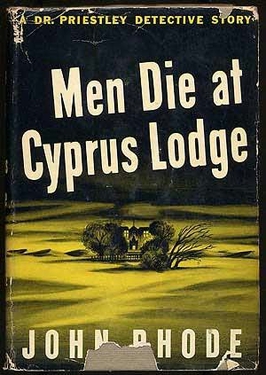
Men Die at Cyprus Lodge is a 1943 detective novel by John Rhode, the pen name of the British writer Cecil Street. It is the thirty eighth in his long-running series of novels featuring Lancelot Priestley, a Golden Age armchair detective. Reviewing it for the San Francisco Chronicle, Anthony Boucher wrote "at his best, nobody can touch Rhode for ingenious murder gadgets and very few can top him for meticulous unravelling; he's very close his best in this one".

They Watched by Night is a 1941 detective novel by John Rhode, the pen name of the British writer Cecil Street. It is the thirty fifth in his long-running series of novels featuring Lancelot Priestley, a Golden Age armchair detective. It was published in the United States by Dodd Mead with the alternative title Signal for Death.

Death at the Helm is a 1941 detective novel by John Rhode, the pen name of the British writer Cecil Street. It is the thirty fourth in his long-running series of novels featuring Lancelot Priestley, a Golden Age armchair detective. It makes reference to earlier stories in the series as the lawyer had defended in court the murderers Priestley had exposed in The Corpse in the Car and Death on the Boat Train. The characters in it were arguably more complexly drawn than in other books by the author.
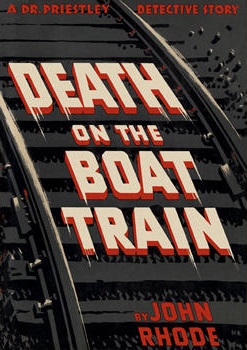
Death on the Boat Train is a 1940 detective novel by John Rhode, the pen name of the British writer Cecil Street. It is the thirty second in his long-running series of novels featuring Lancelot Priestley, a Golden Age armchair detective. As in most of the later novels much of the detective footwork is done by Inspector Waghorn of Scotland Yard. The construction of the murder setting bears similarities to Death in the Tunnel, written by Street under his other pen name Miles Burton. With its focus on seemingly unbreakable alibis and railway and ship timetables, it is also similar in style to the Inspector French novels of Freeman Wills Crofts.




















